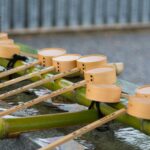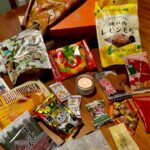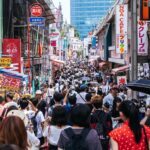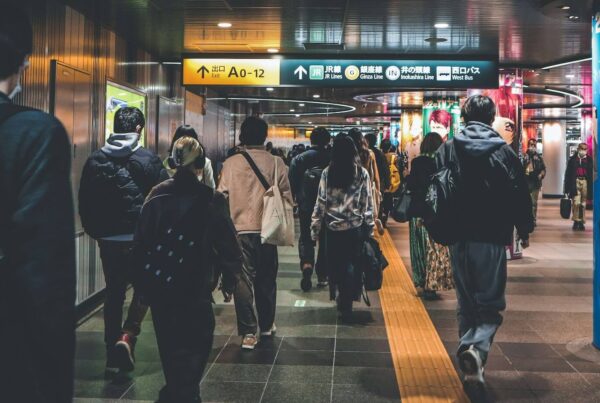Mie Prefecture sits on the Kansai region on Japan’s main island of Honshu. Despite being relatively overlooked, Mie is home to one of Japan’s holiest sites, the Ise Grand Shrine. If you’re looking for a less touristy option and away from the hustle and bustle of megacities, visiting Mie Prefecture is definitely a viable option! With various attractions to boast, delectable seafood, and an opportunity to immerse in Japanese culture and history, make the most of your trip to the prefecture with our list of 10 places to visit there.
Table of Contents
Ise Grand Shrine
The Ise Grand Shrine (or Ise Jingu) is considered the holiest and most sacred in the country. The entire temple complex is filled with 125 Shinto shrines and split into two main areas: Naiku (inner shrine) and Geku (outer shrine), both of which are reachable by either walking or a short bus ride. At Naiku, Amaterasu-omikami, the sun goddess is believed to be enshrined while Toyouke-no-omikami, goddess of agriculture and industry is housed at Geku. Its architecture and design are not lavishly elaborate compared to other counterparts but the importance of these deities in the Shinto religion makes Ise Grand Shrine the main draw for visitors to come to the shrine.
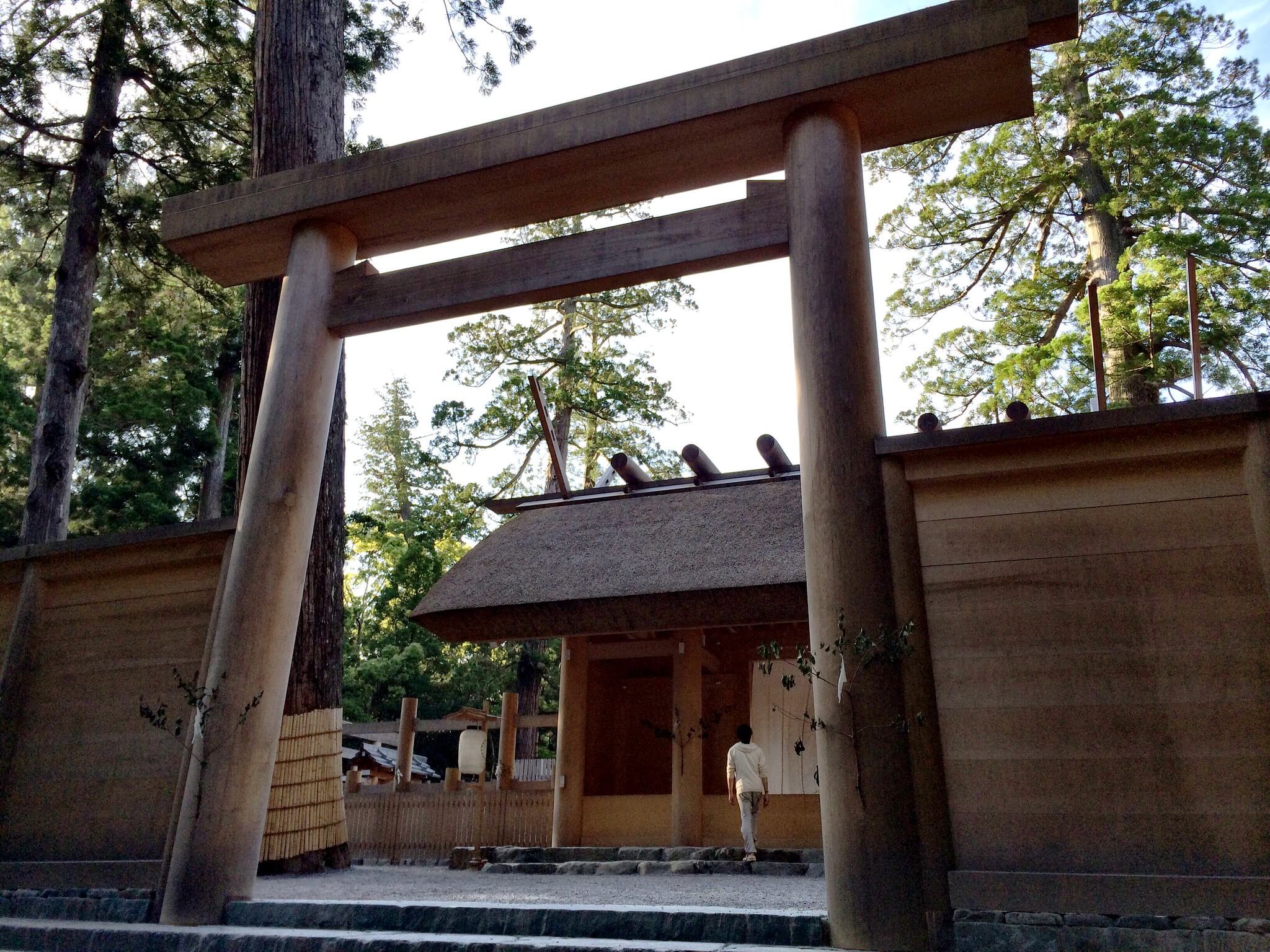
Credit: Karl Baron/Flickr
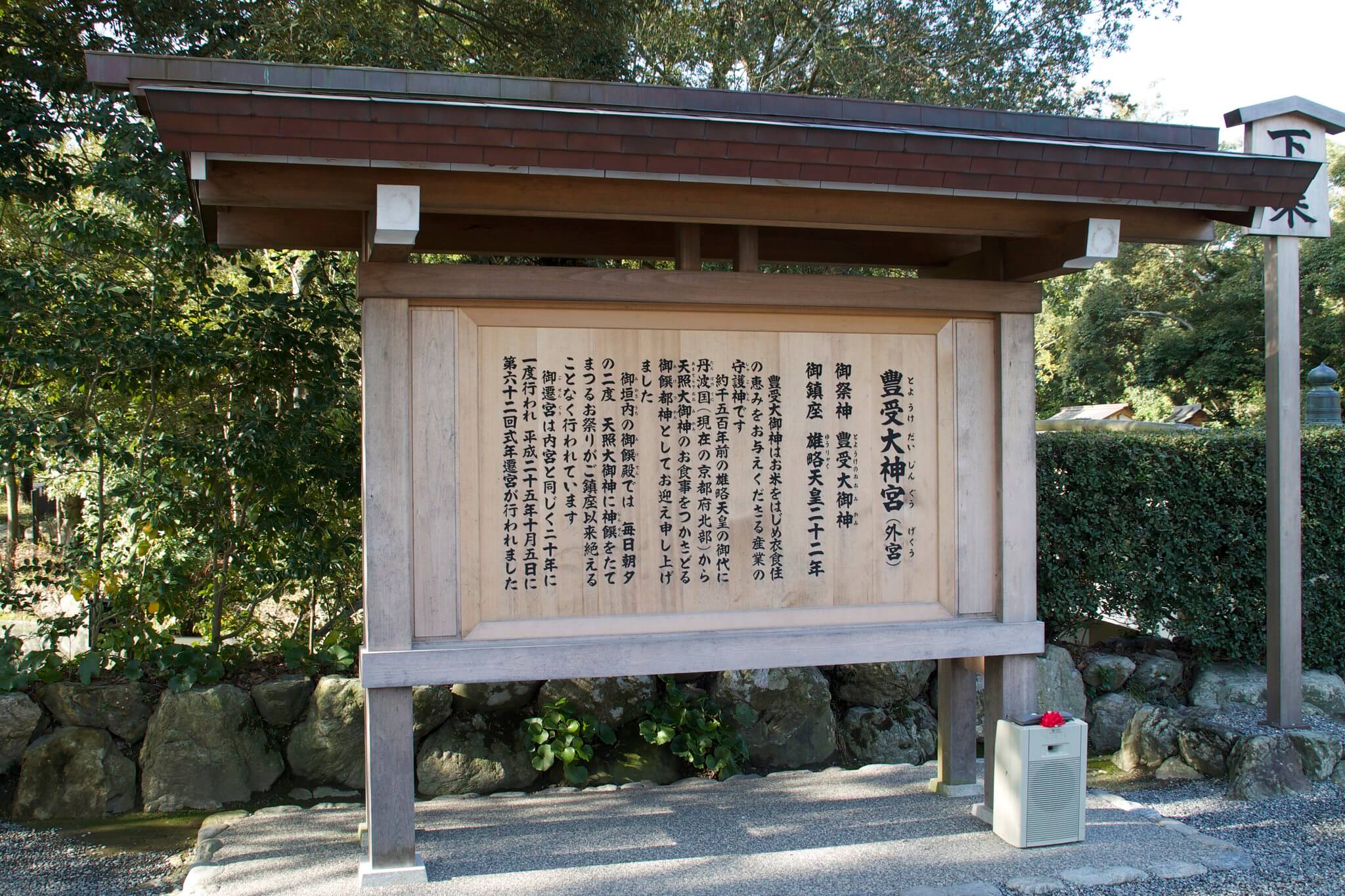
Credit: foooomio/Flickr
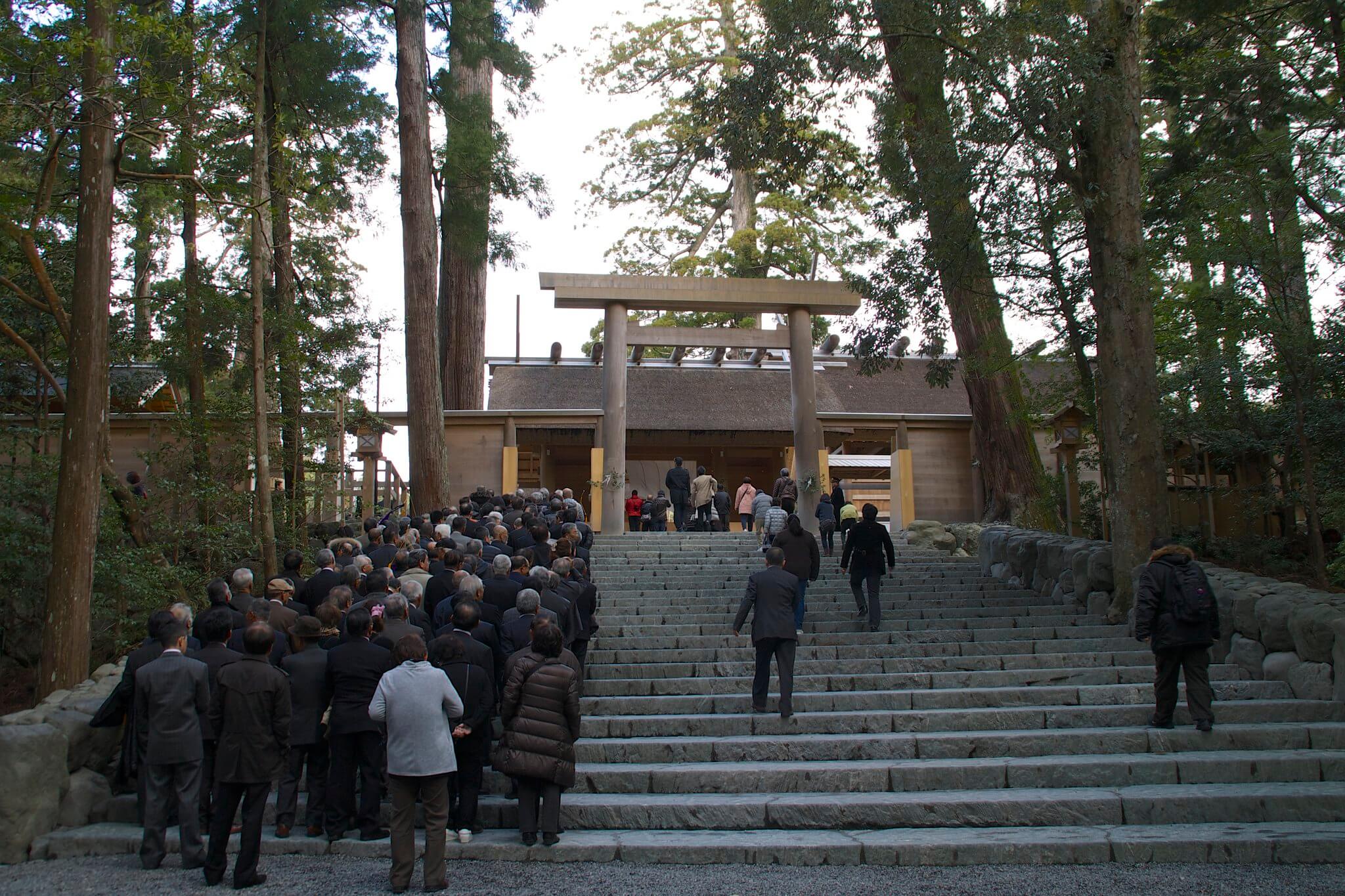
Credit: foooomio/Flickr
Toba Aquarium

Credit: foooomio/Flickr
At the Toba Aquarium, you can discover an amazing variety of sea creatures. With more than 30,000 aquatic animals from 1,200 species, the aquarium certainly boasts a diverse collection of animals. The aquarium is divided into themed zones with one of the areas solely dedicated to the life around Ise Bay and Kumano-Nada sea. As there is no fixed route to follow, visitors are freely able to visit each zone as they wish. Animal shows and feeding sessions are also held. Toba Aquarium is also the only aquarium in Japan to have a dugong in captivity.
Oharai-machi
After your trip to Ise Grand Shrine, stroll around the one-kilometer-long Oharai-machi, a historical town with buildings dating back to the Edo period. It is home to various restaurants, souvenir shops, and confectionery goods that are essential for you to check out after touring Ise Grand Shrine. Some of the shops here have been in operation for several centuries. A few of the must-try include akafuku (red happiness), a type of sweet made of mochi rice paste and red bean paste, and Ise Udon, a thicker udon bathe in a thicker sauce special to the area.
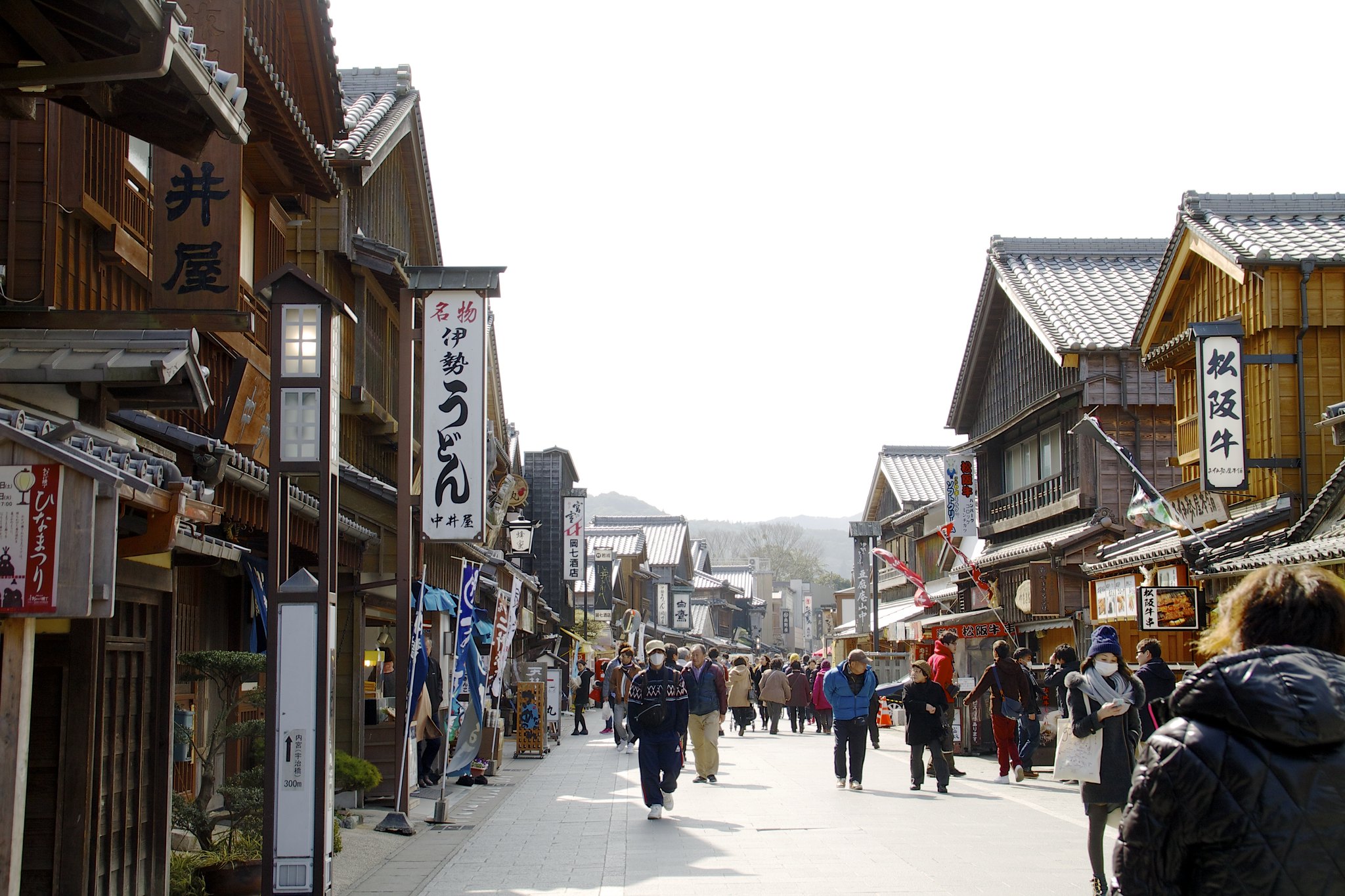
Credit: foooomio/Flickr
Akame 48 Waterfalls
Once used as a ninja training ground, Akame 48 Waterfalls is a must-visit especially for those who like to trek or just visit a waterfall in general. Located in Nabari city, visitors can trek through the trails while enjoying sightings of various animals such as giant salamanders. One can also take in the absolutely lush greenery in summer or the beautiful foliage during the fall. Whatever the season, the area has such majestic scenery to offer.
Despite its name, there aren’t exactly 48 waterfalls. The name Akame means red-eye and refers to a mystical story about a sage, En no Gyoja, when an image of a fire god appeared before him while he was visiting the falls. He was riding a bull with red eyes, where the name is derived from.
Saiku Heian-no-Mori Historic Park

Credit: planetyze.com
At the Saiku Heian-no-Mori Historical Park, you can feel and see the Heian architecture restored well beyond its years. It recreates the holy Saiku palace where residents of the maiden princess that serves the deities at the Ise Grand Shrine, reside. The main shrine, western palace, and eastern palace were recreated as they were during ancient times. You can see snippets of the past from the park itself and learn more about the royal lifestyle back in the day.
Mikimoto Pearl Island
Voir cette publication sur Instagram
Voir cette publication sur Instagram
Kokichi Mikimoto created the world’s first cultured pearl in 1893, making the area a true cultural jewel. To learn more about the history and process, head over to Mikimoto Pearl Island offshore in Toba, also known as the birthplace of the cultured pearls. At the Mikimoto Kokichi Memorial Hall, you can learn more about his life. There is a Pearl Museum, hourly Ama dividing demonstrations, as well as a shop displaying the antique jewelry at the Pearl Plaza.
Meoto Iwa Wedded Rocks

Credit: GaijinPot
Located in Futami, in Ise City, the Meoto Iwa are two sacred rocks in the ocean connected by a shimenawa rope, a sacred straw rope, that separates the rocks between the spiritual and earthly realms. The rocks are also called the Wedded Rocks and the larger one of the two represents the husband while the smaller one represents the wife. In Shinto beliefs, the Wedded Rocks symbolizes the union of Izanagi (the male deity) and Izanami (female deity) in the creation myth. The best time to see the rocks are during sunrise or sunset when the sun is captured in between them creating a stunning sight.
Meet Female Divers at Amakoya Hut

Credit: Fg2 – Wikimedia Commons
The Ama female divers are known for collecting pearls, oysters, and abalones. The Ama diving practice is believed to have existed for thousands of years. Even in contemporary times, the female divers still wear traditional diving tools, relying on their wetsuits and headscarves. Most of the remaining Ama divers are in their later years but the women begin diving as early as 12 years old. This diving tradition is dwindling as more move to the city to work, so visiting them at an Amakoya Hut, the place where they rest, helps keep their tradition and culture alike. You can get the chance to hear stories of their years of practice and learn more about the culture they’re dedicated to keeping alive.
Kumano Kodo
Kumano Kodo is a famous pilgrimage trail in southern Kansai. It also serves as part of the region’s UNESCO designation. The routes were developed so that travellers can move in between the Kii Penninsula. Iseji connects the Kumano route to the holiest shrine in Japan, Ise Grand Shrine. The Iseji route is one of the most unique routes in the Kumano Kodo trail partly because it’s paved with stone. While there are many other famous routes like the Wakayama route, the Iseji route allows for a more immersive experience as the route remains close to the original route in the present day.
Nabana no Sato
For those seeking a visually stunning experience, Nabano no Sato in Kuwana City boasts its glamorous winter illuminations which starts in mid-October and lasts until early May. This one-of-a-kind theme park/botanical garden comes alive at night with millions of nights and truly a sight to see and be amazed at especially its LED-illuminated tunnel that seems to encapsulate its visitors into a different world. Spanning 210,000 square meters, there are over eight million LED lights divided into seven different areas. One more draw is that the themes change each year, so there’s always a reason to keep going back.
Voir cette publication sur Instagram
Mie Prefecture might not top your “must-visit” list when thinking of exploring Japan but that should change. This prefecture has so much to offer and is also easily accessible, connected to Tokyo through Nagoya — you can reach there in about three hours. From stunning coastlines to the boundless tradition of ama diving, majestic natural scenery, and a visit to Japan’s most sacred shrine, we’ve listed 10 places to visit in Mie Prefecture that will allow you to experience Japan differently.
Be sure to follow us on Facebook, Instagram, Twitter, and Pinterest for more fun stuff! See you again next time!



